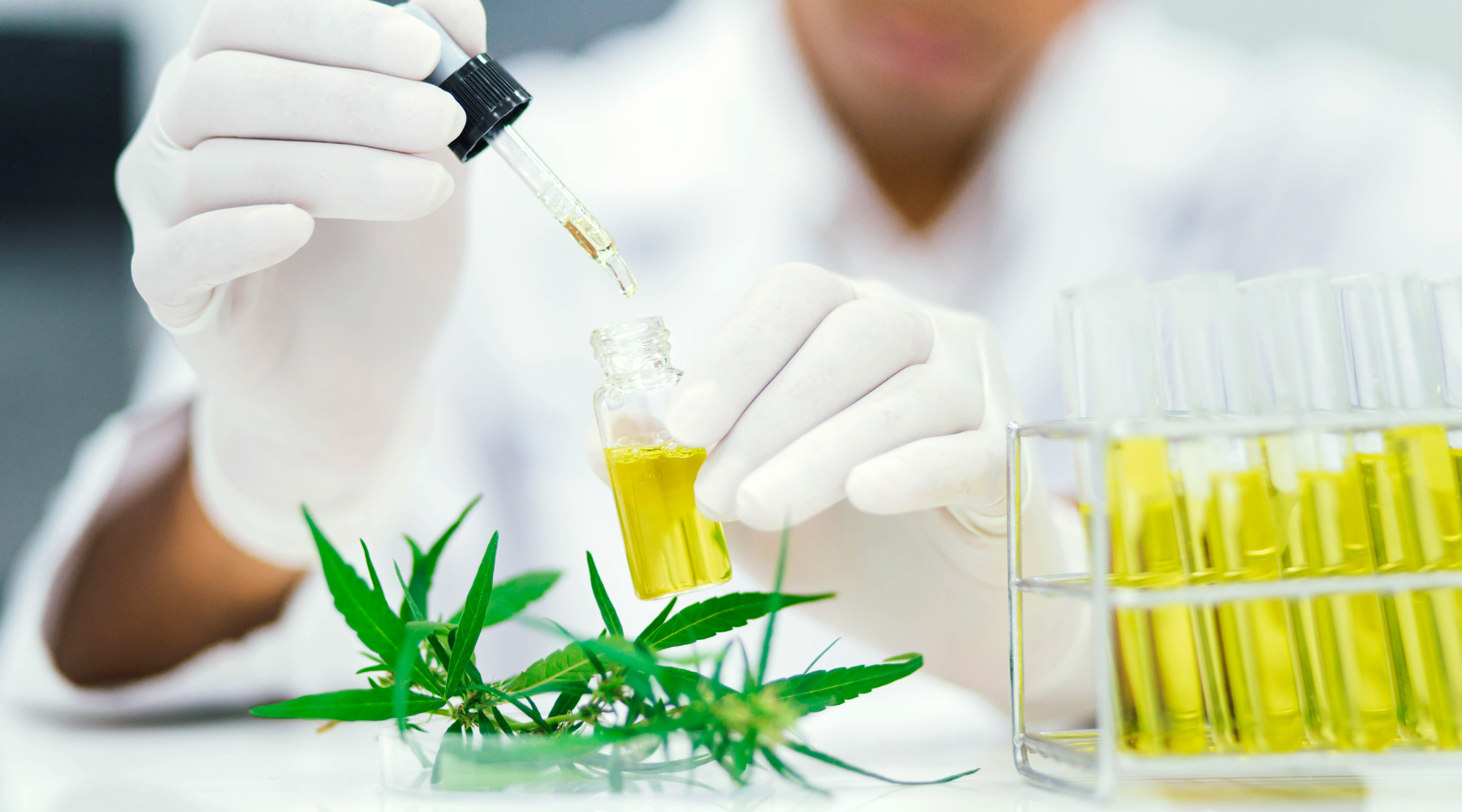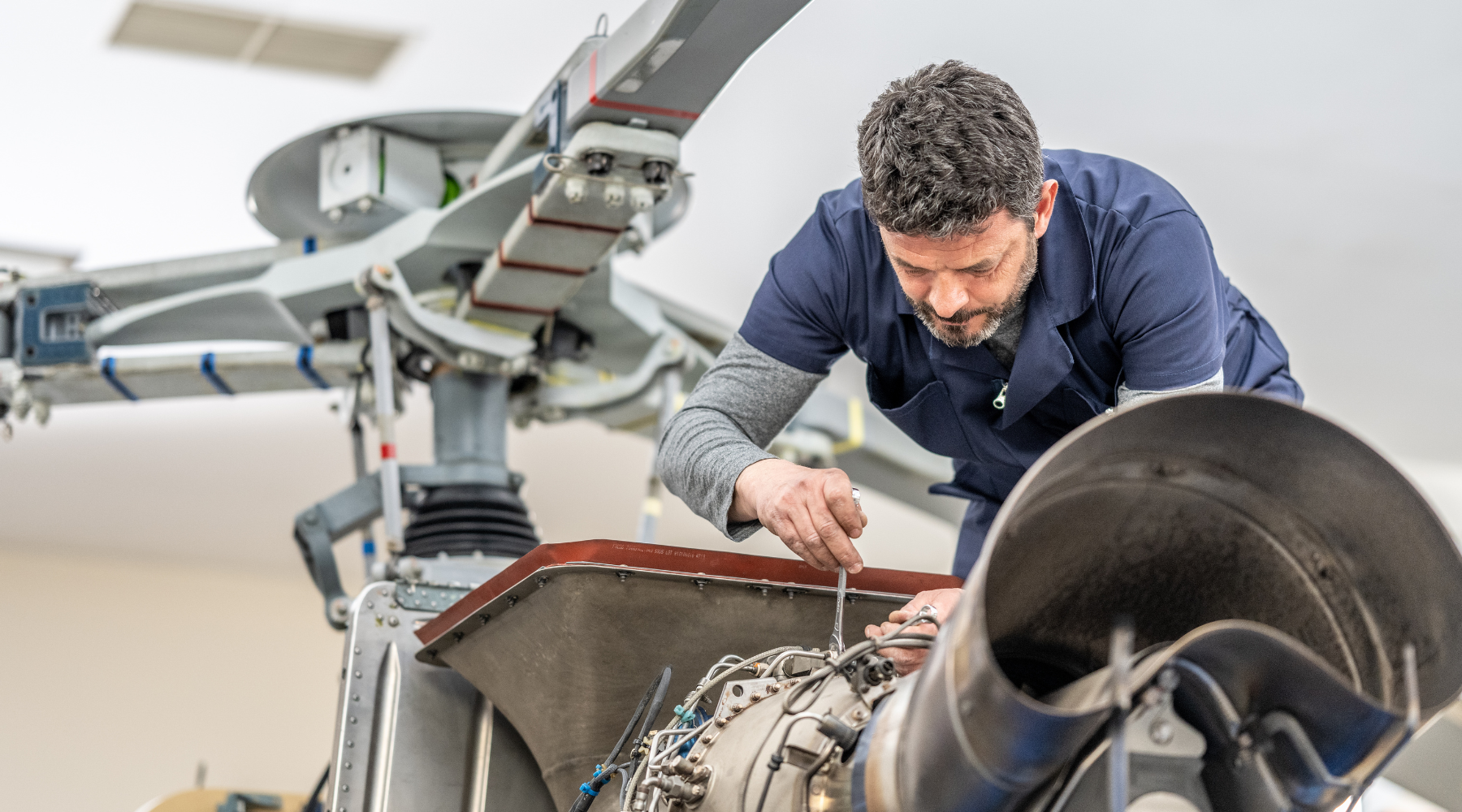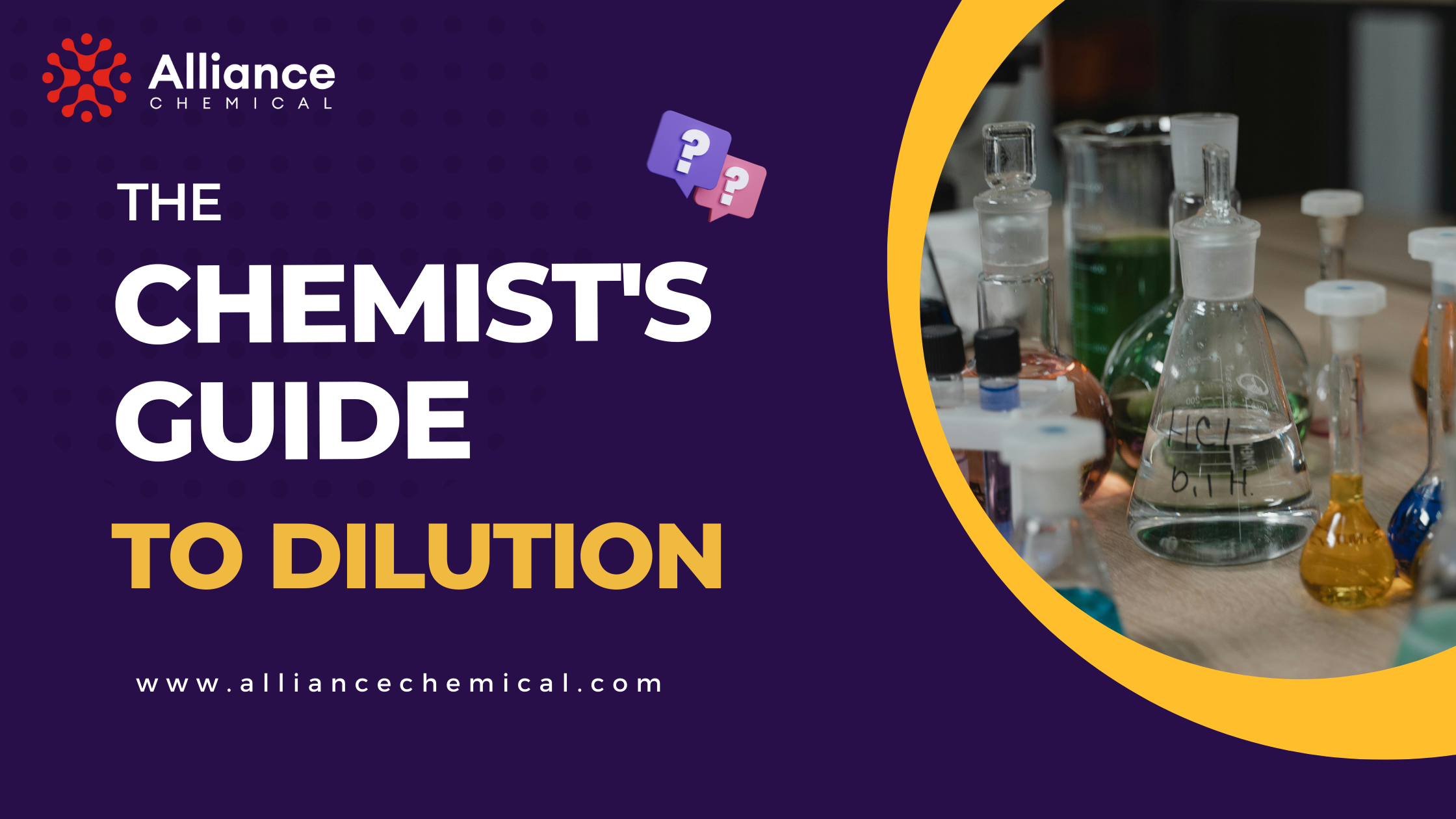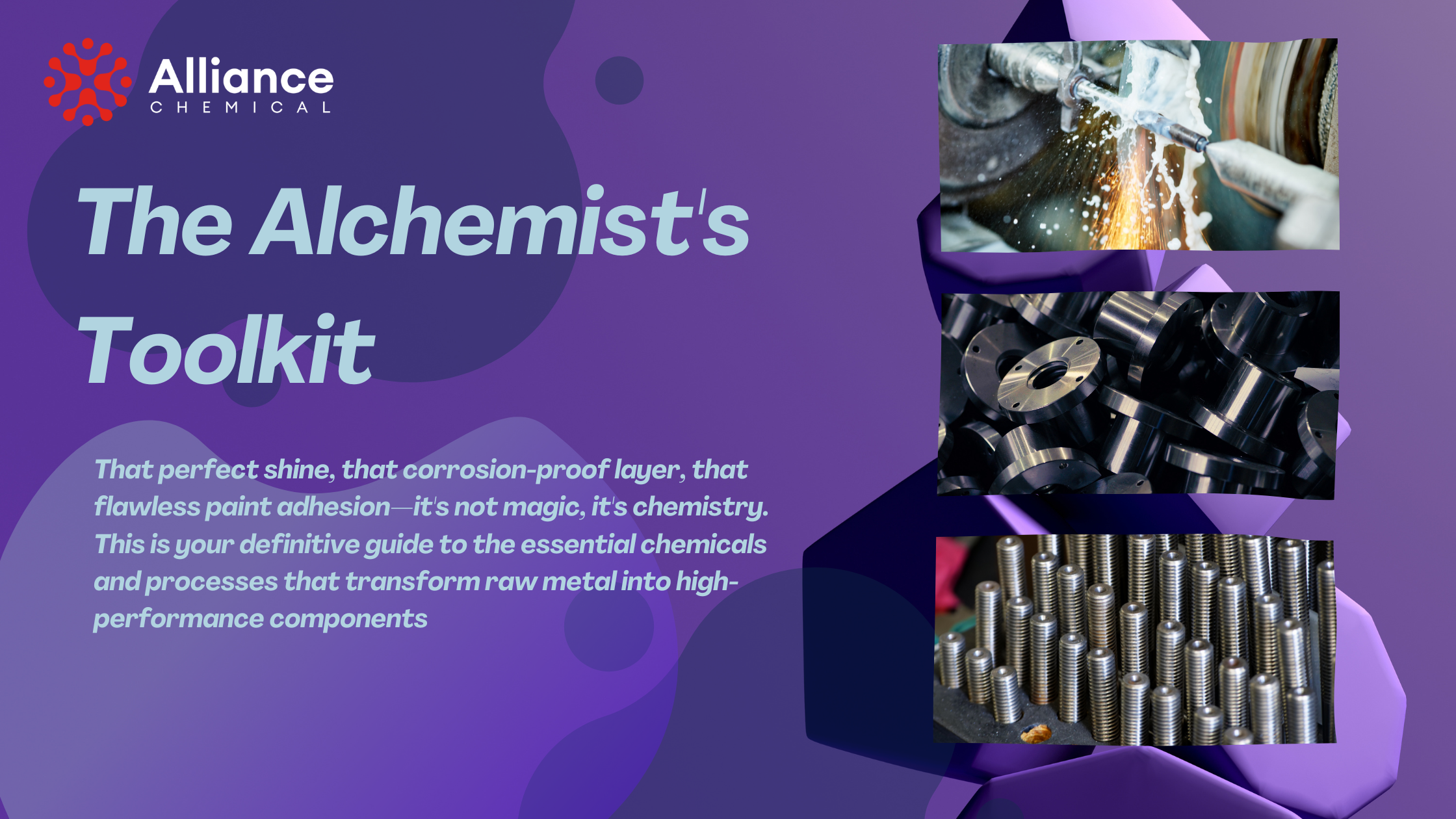
Leather Glazing 101: The Essential Role of Ethyl Acetate in Crafting Shiny Leather Products
Summary
📋 What You'll Learn
This guide will walk you through leather glazing 101: the essential role of ethyl acetate in crafting shiny leather products with detailed instructions.
A Professional's Guide to Ethyl Acetate in Leather Finishing
The final finish of a leather good—the deep, lustrous shine on a pair of dress shoes or the protective, glossy topcoat on a luxury handbag—is the hallmark of quality craftsmanship. This flawless finish is not achieved by accident; it is the result of a precise chemical process. At the heart of many high-end leather glazing and lacquering processes is a remarkable solvent: Ethyl Acetate. This definitive technical guide explores the science of why Ethyl Acetate is the preferred solvent for leather finishes, provides a detailed walkthrough of its application, and covers the critical safety protocols for its professional use.
The Chemistry of a Perfect Finish
To understand why Ethyl Acetate is so effective, we must first understand the composition of traditional leather glazes and lacquers. The shine and protective layer on leather is typically a nitrocellulose-based lacquer. Nitrocellulose is a polymer that, when dissolved in a solvent and applied to a surface, forms a hard, clear, and durable film as the solvent evaporates.
The choice of solvent is the most critical factor in how this film forms. This is where Ethyl Acetate (C₄H₈O₂) excels.
Why Ethyl Acetate is the Ideal Solvent for Leather Lacquers:
- Excellent Solvency: As an ester, Ethyl Acetate is an exceptionally effective solvent for nitrocellulose resins and other polymers used in topcoats, dissolving them completely into a smooth, homogenous solution.
- The "Goldilocks" Evaporation Rate: This is its key advantage. It evaporates faster than solvents like glycol ethers but slower than highly volatile solvents like acetone. This controlled evaporation is crucial. It gives the lacquer enough time to flow out and self-level, eliminating brush strokes or orange peel, but is fast enough to prevent dust from settling on the wet surface and to allow for efficient production times.
- Low Toxicity Profile: Compared to more hazardous aromatic solvents like Toluene or ketones like MEK, Ethyl Acetate has a relatively low toxicity and a more agreeable, fruity odor, making it a safer choice for workshop environments.
- Residue-Free Finish: High-purity Ethyl Acetate evaporates completely, leaving behind nothing but the pure, clear lacquer film.
A Step-by-Step Guide to Professional Leather Glazing
Achieving a "glass-like" glaze is a multi-step process that requires patience and precision.
Step 1: Surface Preparation (The Foundation)
The final finish will only be as good as the surface beneath it. The leather must be impeccably clean.
- Start with finished, dyed leather.
- Lightly wipe the surface with a lint-free cloth dampened with a mild solvent like Isopropyl Alcohol 70% to remove any residual oils, waxes, or handling marks. Allow it to dry completely.
Step 2: Preparing the Lacquer
You will be working with a pre-formulated nitrocellulose lacquer. Ethyl Acetate is used to thin this lacquer to the perfect viscosity for application.
How-To: Thinning for Application
The ideal viscosity depends on your application method.
- For Hand Application (Dauber): You may need to thin the lacquer by 10-15% with Ethyl Acetate to achieve a smooth, flowing consistency that won't leave streaks.
- For Airbrush/Spraying: You will likely need to thin the lacquer by 25-50% or more. The goal is a milk-like consistency that will atomize properly without spitting. Always test on a scrap piece first.
In a separate glass jar, mix your lacquer and Ethyl Acetate, stirring gently to combine. Keep the jar covered when not in use to prevent evaporation.
Step 3: Application and Finishing
- Apply a Thin, Even Coat: Using a wool dauber, a lint-free cloth, or an airbrush, apply a very thin, even coat of the thinned lacquer to the leather. Work quickly and methodically.
- Allow to Dry: The Ethyl Acetate will flash off in minutes, and the surface will feel dry to the touch.
- Build in Layers: Apply 2-4 subsequent thin coats, allowing each to dry completely before applying the next. Building multiple thin layers is the key to achieving depth and a flawless finish.
- Final Cure and Buff: Allow the piece to cure for at least 24 hours in a clean, dust-free environment. For the highest possible shine, you can then buff the surface with a soft horsehair brush or a piece of smooth canvas.
Buyer's Guide: Selecting the Right Ethyl Acetate Grade
| Grade | Purity Standard | Key Characteristics | Primary Applications |
|---|---|---|---|
| Technical Grade | Industrial Specification | High purity, suitable for most industrial and commercial finishing applications. | Leather glazing, lacquer thinning, industrial cleaning, adhesive formulation. |
| ACS Grade | American Chemical Society | Extremely high purity with certified low levels of impurities. | Laboratory research, analytical testing, pharmaceutical synthesis where absolute purity is required. |
MANDATORY Safety Protocols for Handling Ethyl Acetate
Ethyl Acetate is a flammable liquid and its vapors can be irritating. It must be handled with care in a professional environment.
- High Flammability: Ethyl Acetate is highly flammable. Eliminate ALL sources of ignition—sparks, open flames, pilot lights—from the work area.
- Ventilation is Critical: Use Ethyl Acetate only in a very well-ventilated area to avoid inhaling high concentrations of vapor, which can cause dizziness and respiratory irritation. A NIOSH-approved respirator with organic vapor cartridges is recommended for prolonged use.
- Personal Protective Equipment (PPE): Always wear chemical-resistant gloves (nitrile is suitable for splash protection) and splash-proof safety goggles.
- Storage and Disposal: Store in its original, tightly sealed metal container in a dedicated flammable liquids cabinet. Dispose of Ethyl Acetate and soaked materials as hazardous waste according to all local regulations.









